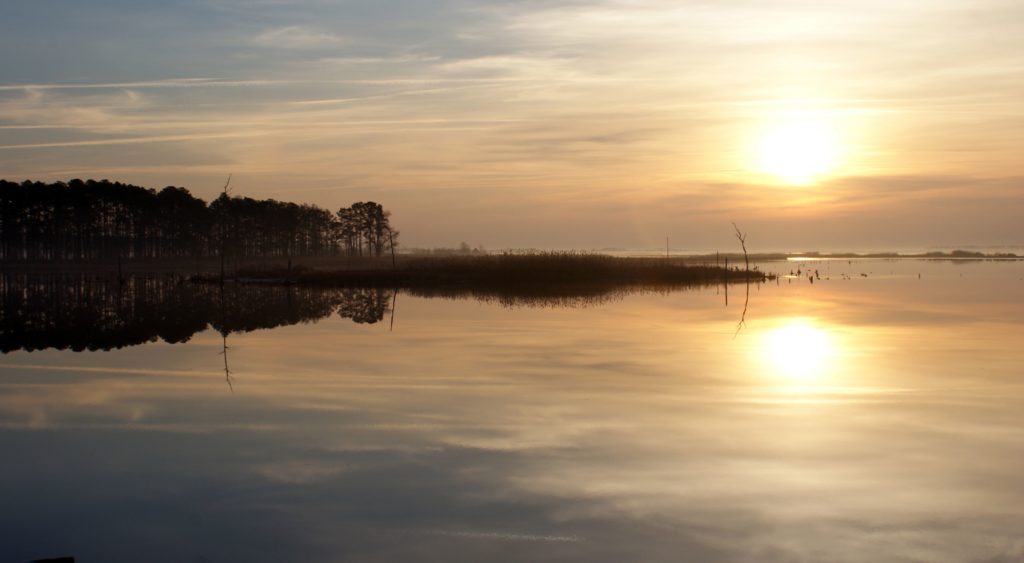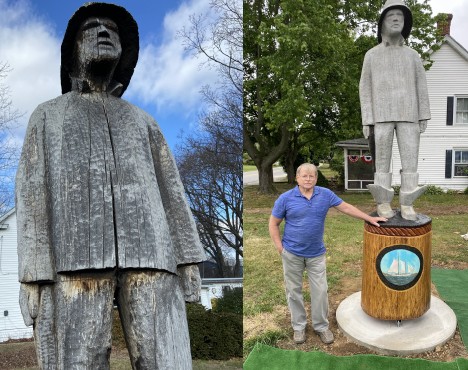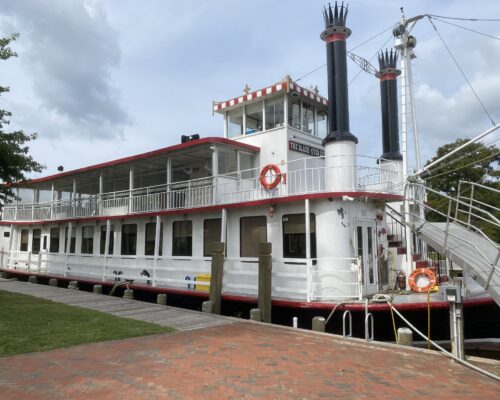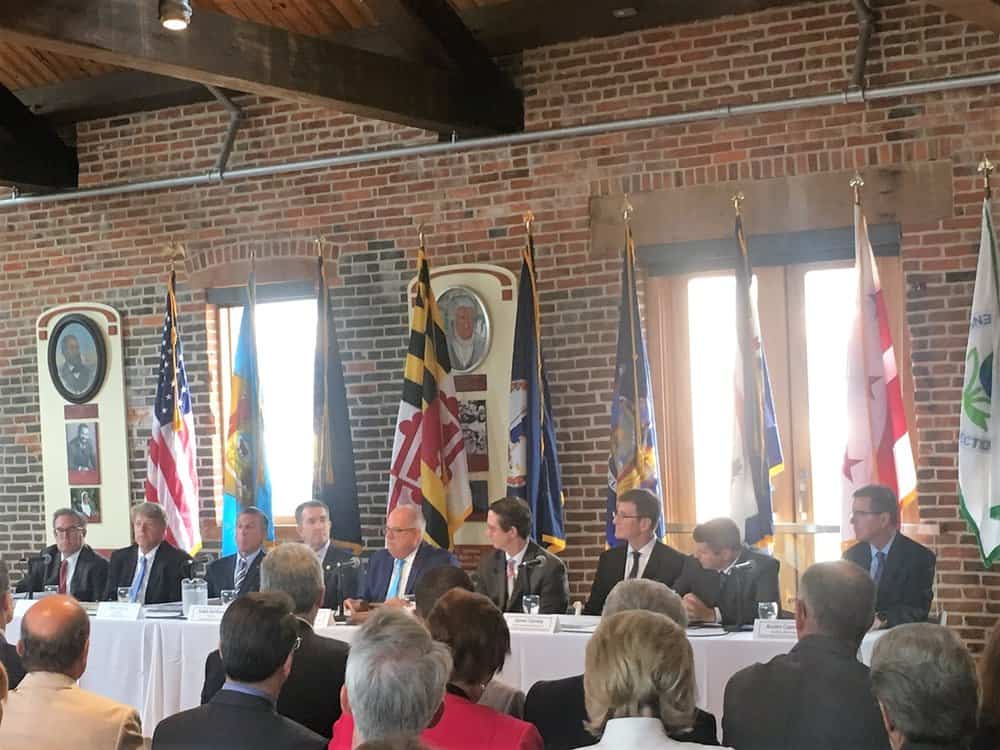Efforts to conserve Blackwater National Wildlife Refuge and the Chesapeake Bay’s marsh habitat have hit a milestone: since 2016, a total of 870 acres have been added to the refuge.
Those 870 acres will provide space for marshes to migrate as sea levels rise, according to the Nature Conservancy, who secured protection of all those acres for the U.S. Fish and Wildlife Service (USFWS). Blackwater is well-known to be especially vulnerable to sea level rise. Already since the mid-20th century, roughly 8,000 acres of Blackwater’s wetlands have been lost.
But setting aside space for marshes to “migrate” to higher ground helps to preserve critical habitat for migrating birds traveling along their Atlantic Flyway route. Blackwater encompasses nearly one third of all the tidal wetlands in Maryland, and Maryland’s lower Eastern Shore holds more than 75 percent of the state’s remaining tidal wetlands.
The Nature Conservancy has been working hard to keep those tidal wetlands intact, conserving nearly half the Nanticoke Division of the wildlife refuge. That section has grown to over 2,000 acres since 2011. “The Nanticoke is a priority area for conservation due to its ability to withstand future sea level rise, and high value for many important species from waterfowl to migratory songbirds. At the same time, the acquisition also provides a natural buffer against flooding and sea-level rise,” explains Chesapeake Marshlands National Wildlife Refuge Complex Manager Marcia Pradines.
The marshes are important not just for their value as wildlife habitat, but as protection against shoreline erosion and flooding from storms.
The Nature Conservancy is able to help USFWS to acquire these tracts of land through the Land and Water Conservation Fund (funded by offshore oil and gas royalties) and by U.S. Department of the Interior Duck Stamps, purchased for $25 each by conservation-minded hunters and birdwatchers. To find out more about buying Duck Stamps, click here.
–Meg Walburn Viviano




